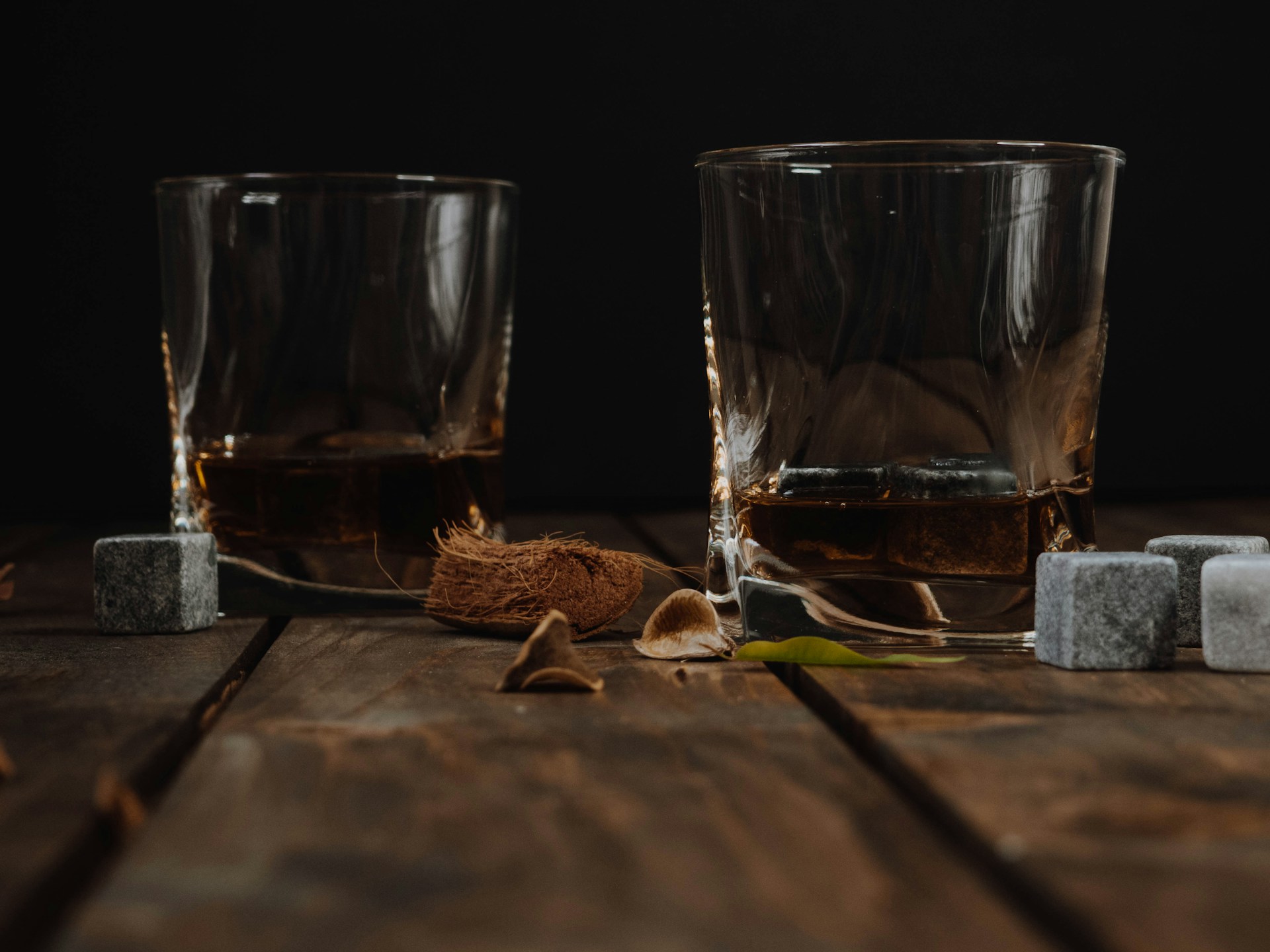
There’s a reason America’s “native spirit” is so popular. Bourbon is well-known for its mellow, easy-drinking, sweet flavor. For those new to the truly American whiskey, to be considered a bourbon, all distillers must follow a few rules and regulations.
To get the title of bourbon whiskey, the spirit must be made from a mash bill of at least 51% corn; it must be aged in new, charred oak barrels, it must be made in the US (but not just Kentucky, regardless of what a bourbon purist might tell you), distilled to a maximum of 160-proof, barreled at a maximum of 125-proof, and bottled at a minimum of 80-proof.
If you’ve ever sipped bourbon whiskey (even if only a few times), you probably remember how mellow, smooth, soft, and sweet it was. Now, you might be wondering which of the above steps gives it the sweet, complex, memorable flavor. Well, to put it simply, it’s all of them.

Bourbon doesn’t have any sugar added to it
One of the rules we didn’t mention above pertains to the sweet, sugary flavor of bourbon. There is no sugar added, and not just because it would make the spirit a cloying, sugary mess. But to be called a bourbon, distillers can’t add any colorings or additives. This means the sugary flavor completely comes from the ingredients and process and nothing else. There are flavored whiskeys, but they have to be specifically designated on the label.

Corn is the key
Bourbon whiskey’s base is corn. There’s a reason when people look for delicious corn to grill in the summer, they look for “sweet corn”. Corn is naturally sweet. While to be called bourbon, distillers only need a mash bill of 51% corn, many use much more. More corn equals more sweetness. But it’s not the only step that added sweetness as moonshine, while sweet, can be quite harsh.

Aging adds more sweetness
Beginning with a corn-based spirit is a good start to making a sweet, sippable whiskey, but aging is what puts it over the top. Maturation in charred American oak adds wood sugar to the whiskey. On top of that, the whiskey’s chemical reaction with the charred wood gives it flavors of caramel, vanilla, cinnamon, toffee, oak, and other sweet, memorable flavors.

One last trick to add sweetness
You’ve probably seen the term “sour mash” in bourbon and other whiskeys. This phrase is used to describe when distillers use the leftover mash (or backset) from previously distilled batches of whiskey. It adds acidity but lowers the pH level and removes bacteria that might alter the flavor and safety of the spirit.
Instead of using sour mash, many distillers add sweetness and lower the acid level by using sweet mash. Instead of using a backset, distillers make new mash by heating water, grains, and yeast and fermenting it.
Editors' Recommendations
- Great wine doesn’t have to be super expensive — Pros’ best tips for finding a good, affordable bottle
- You can now pre-order Woodford Reserve’s 2024 Kentucky Derby bourbon and it’s only $55
- 5 fan-favorite budget rum bottles, ranked
- This is what the VSOP designation means on that bottle of Cognac
- Jack Daniel’s latest whiskeys are limited-edition bottles you’ll want to get your hands on




